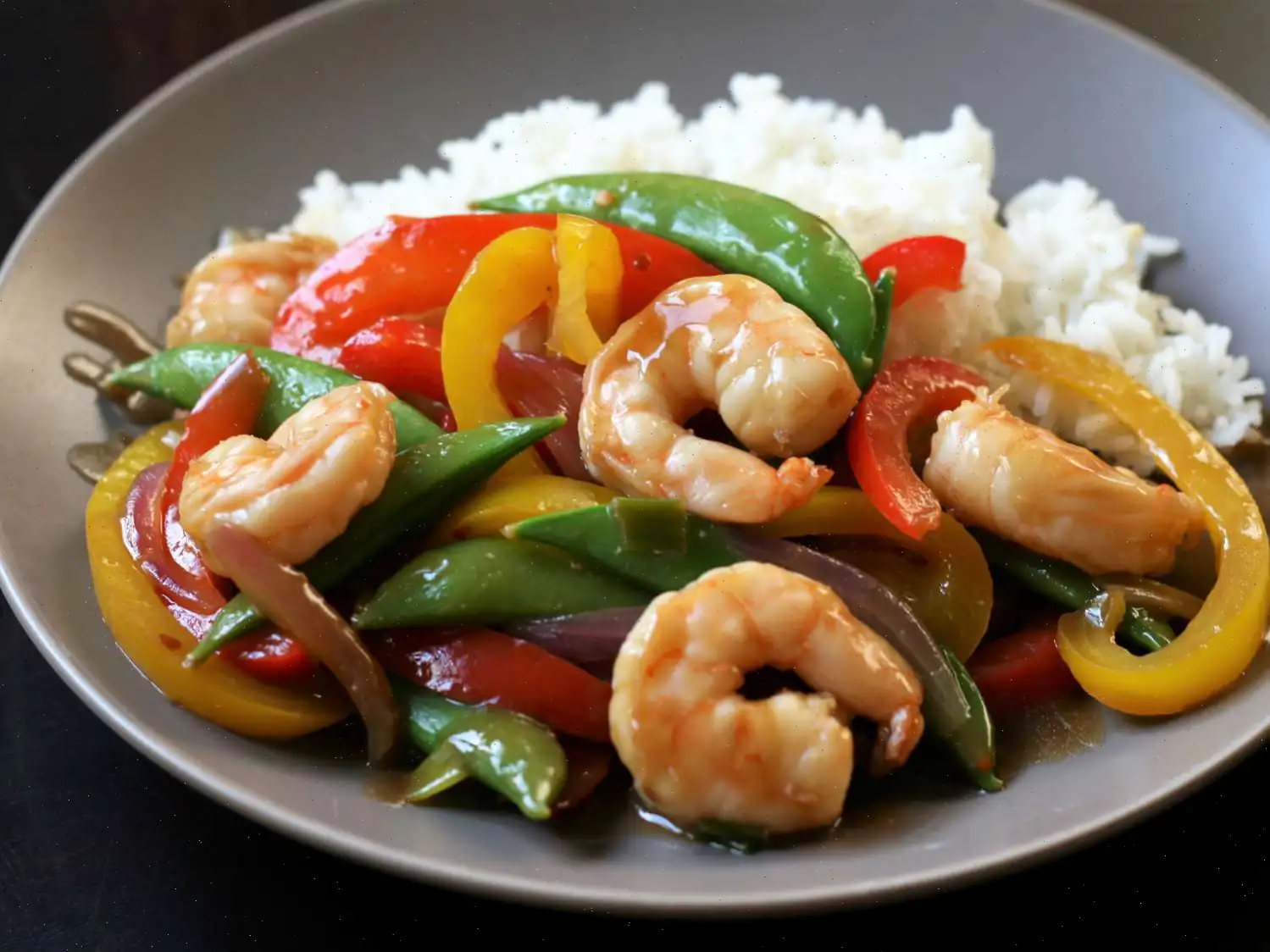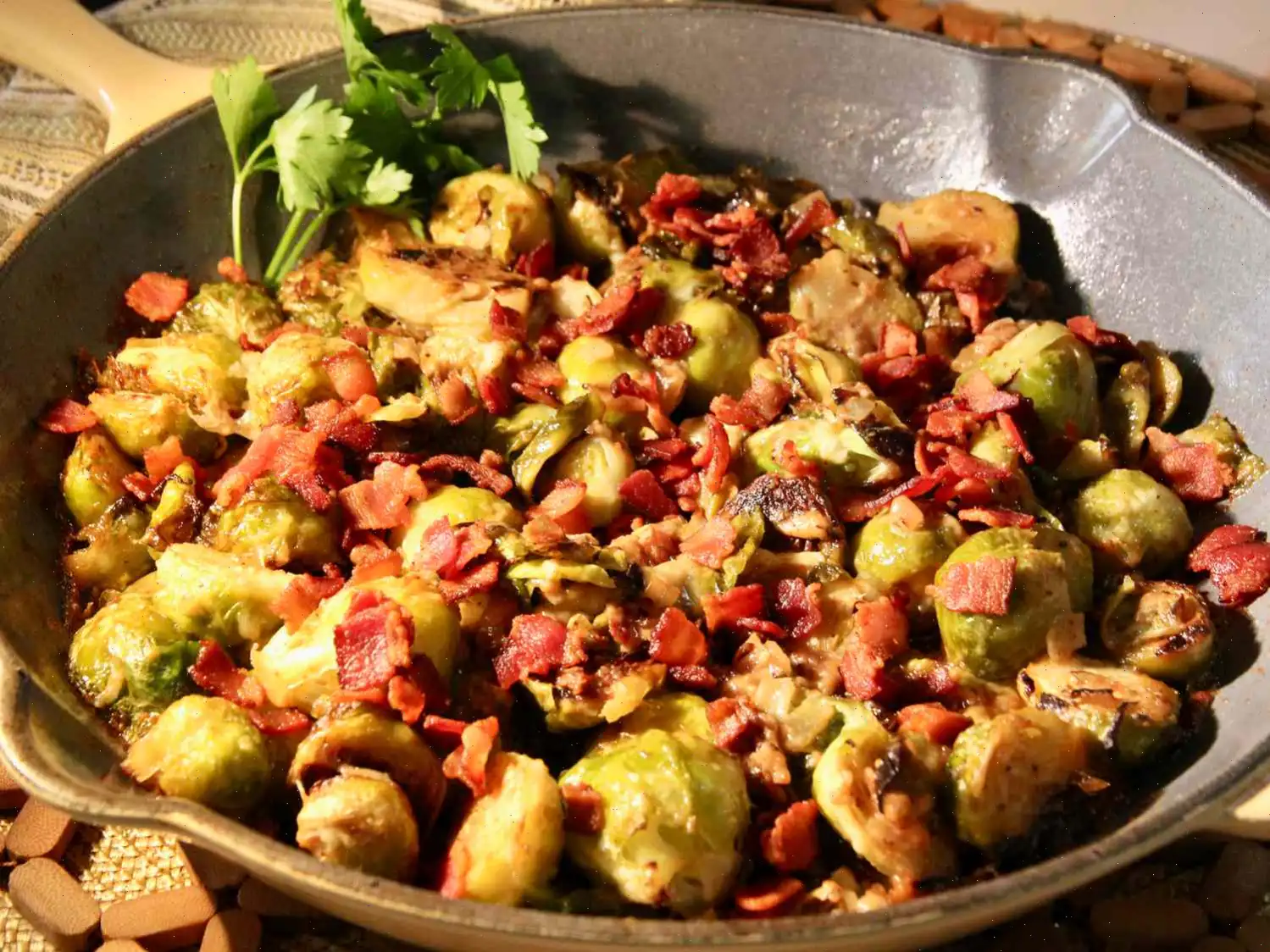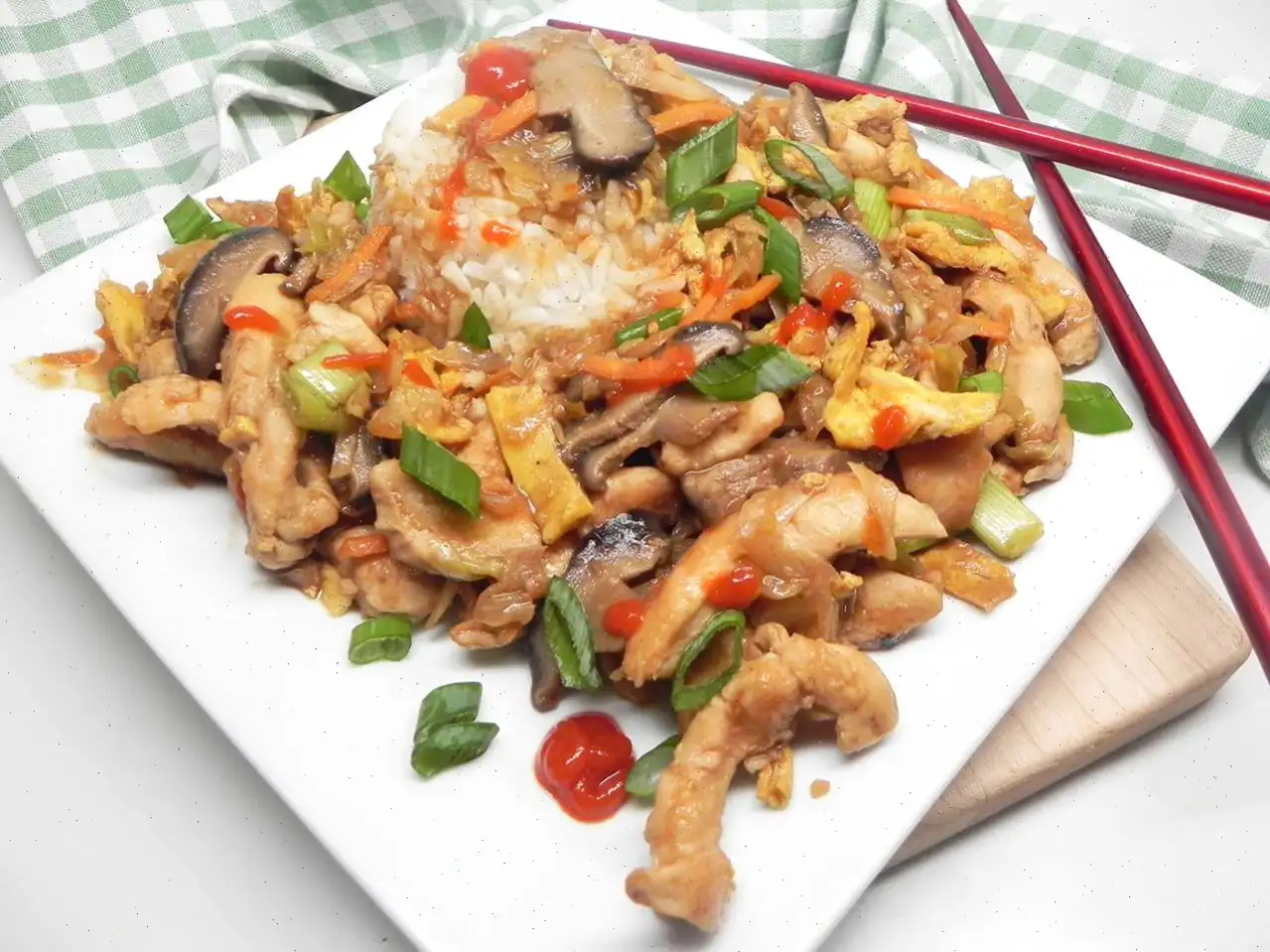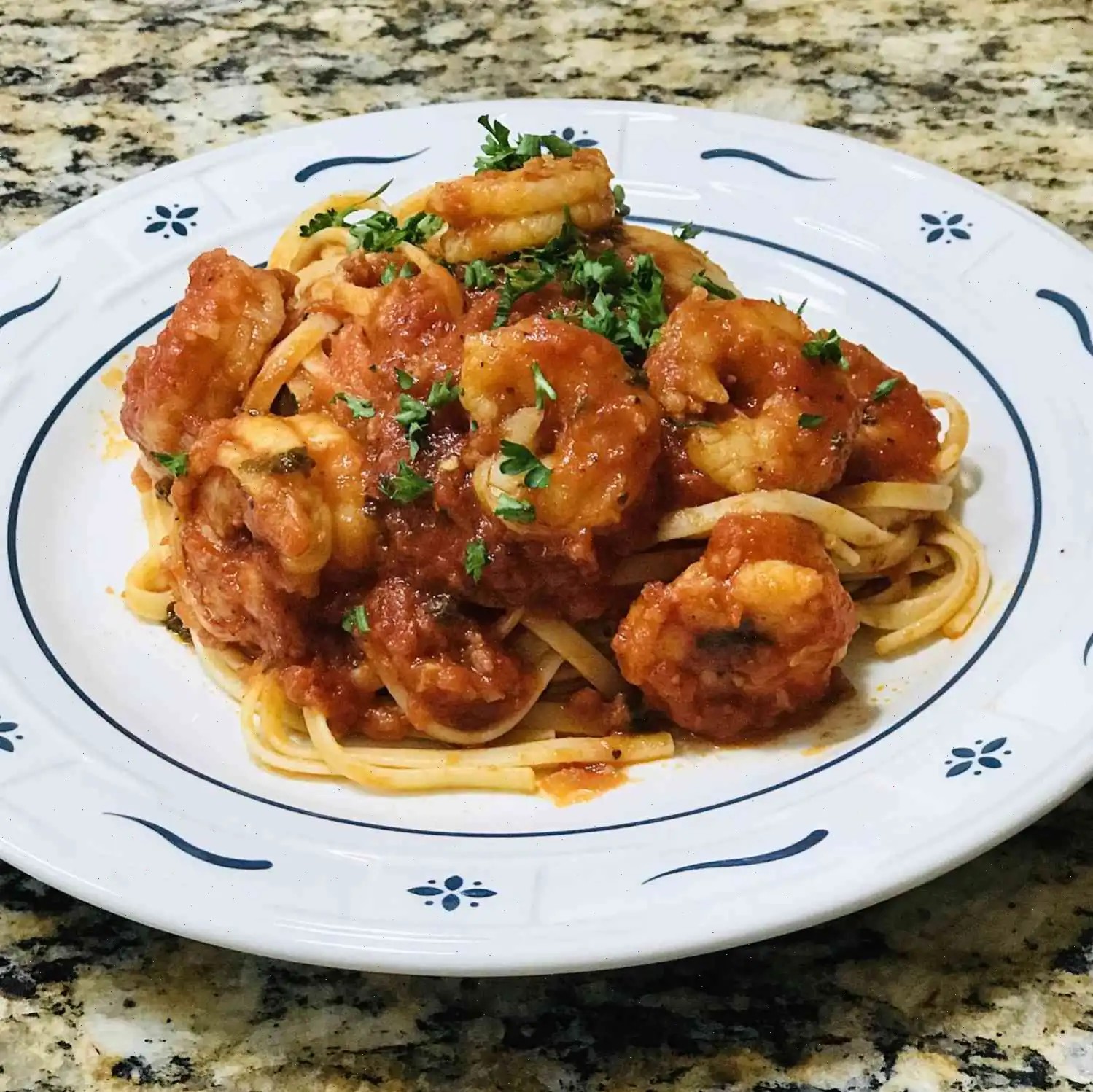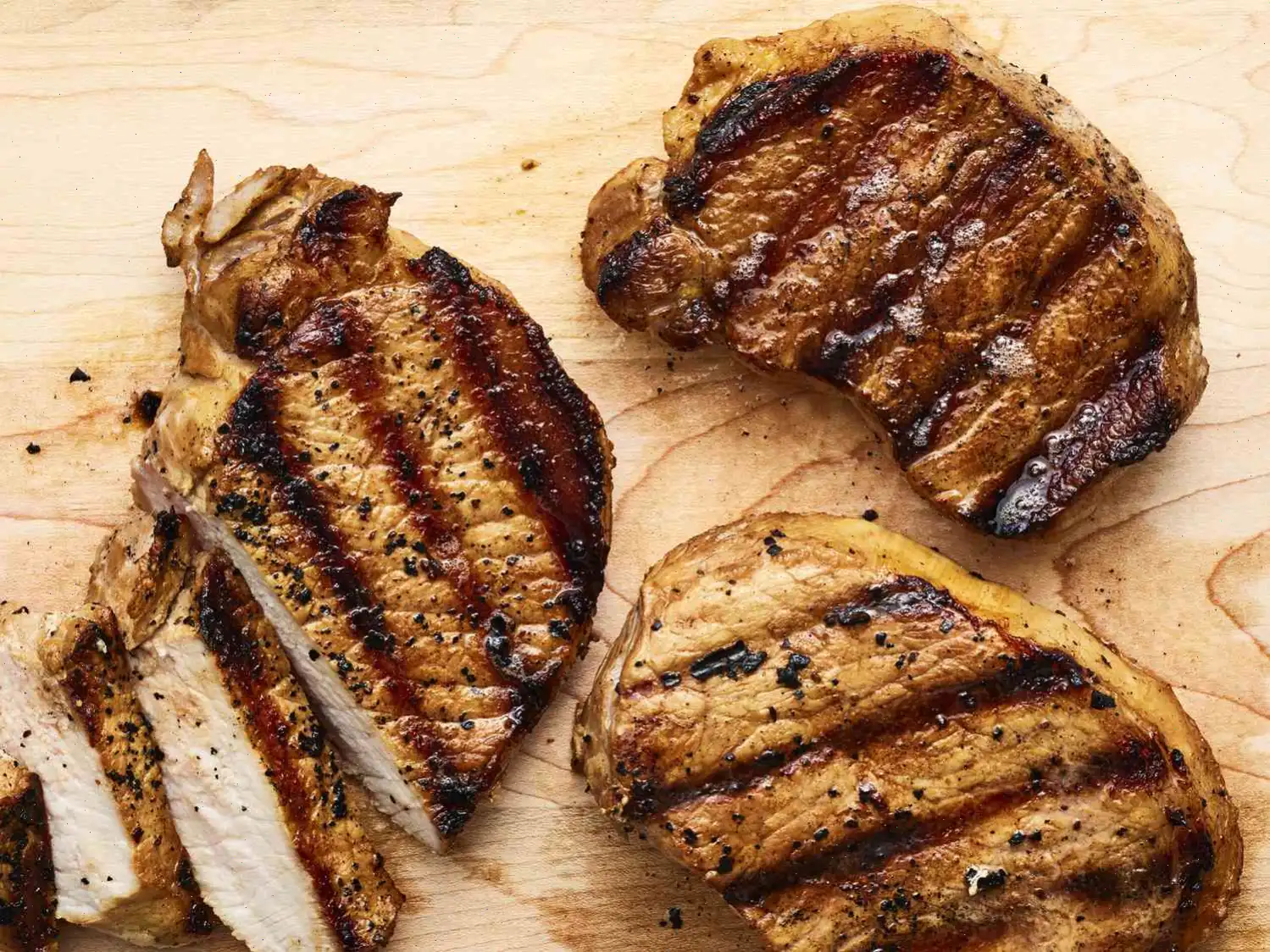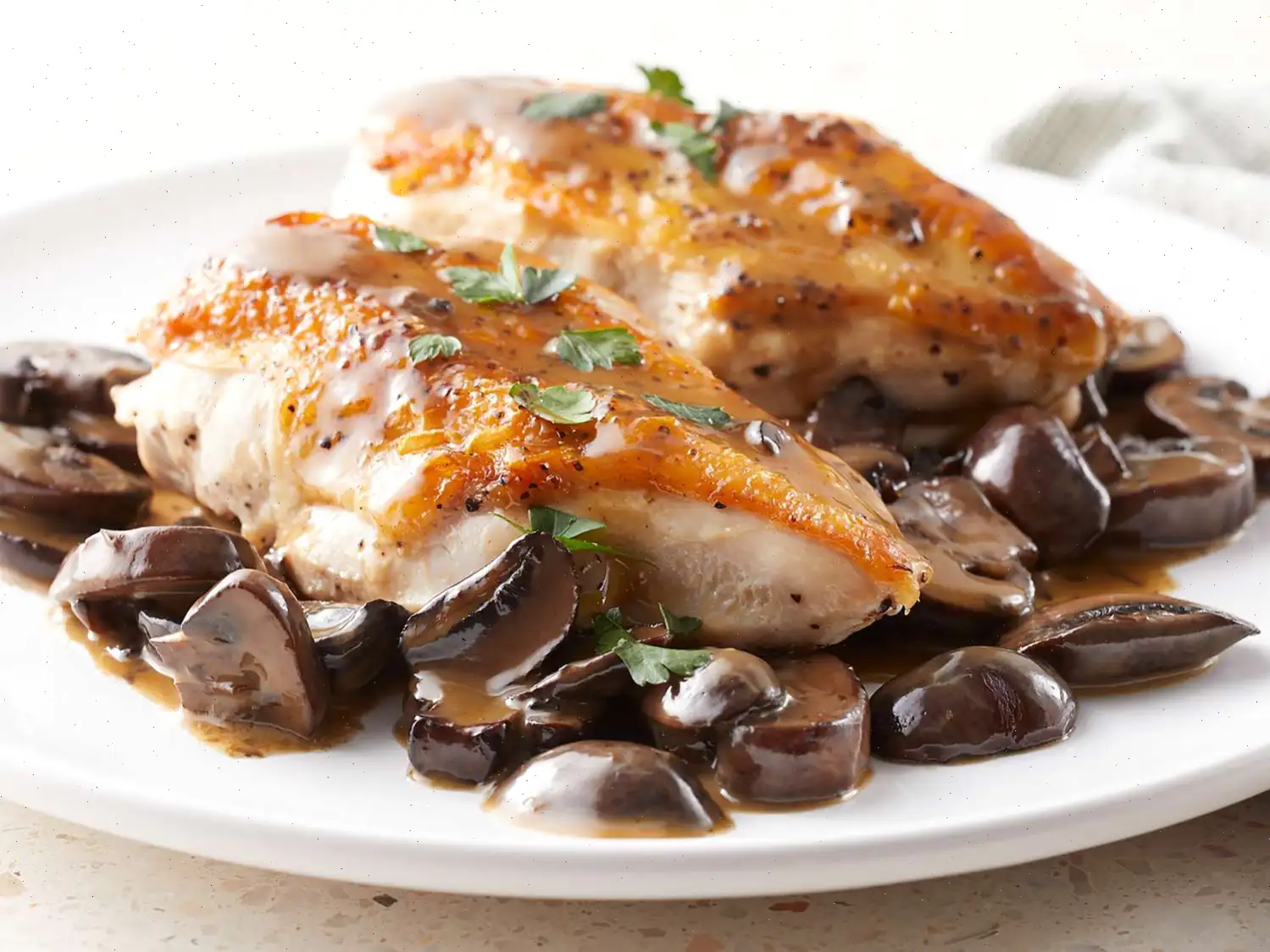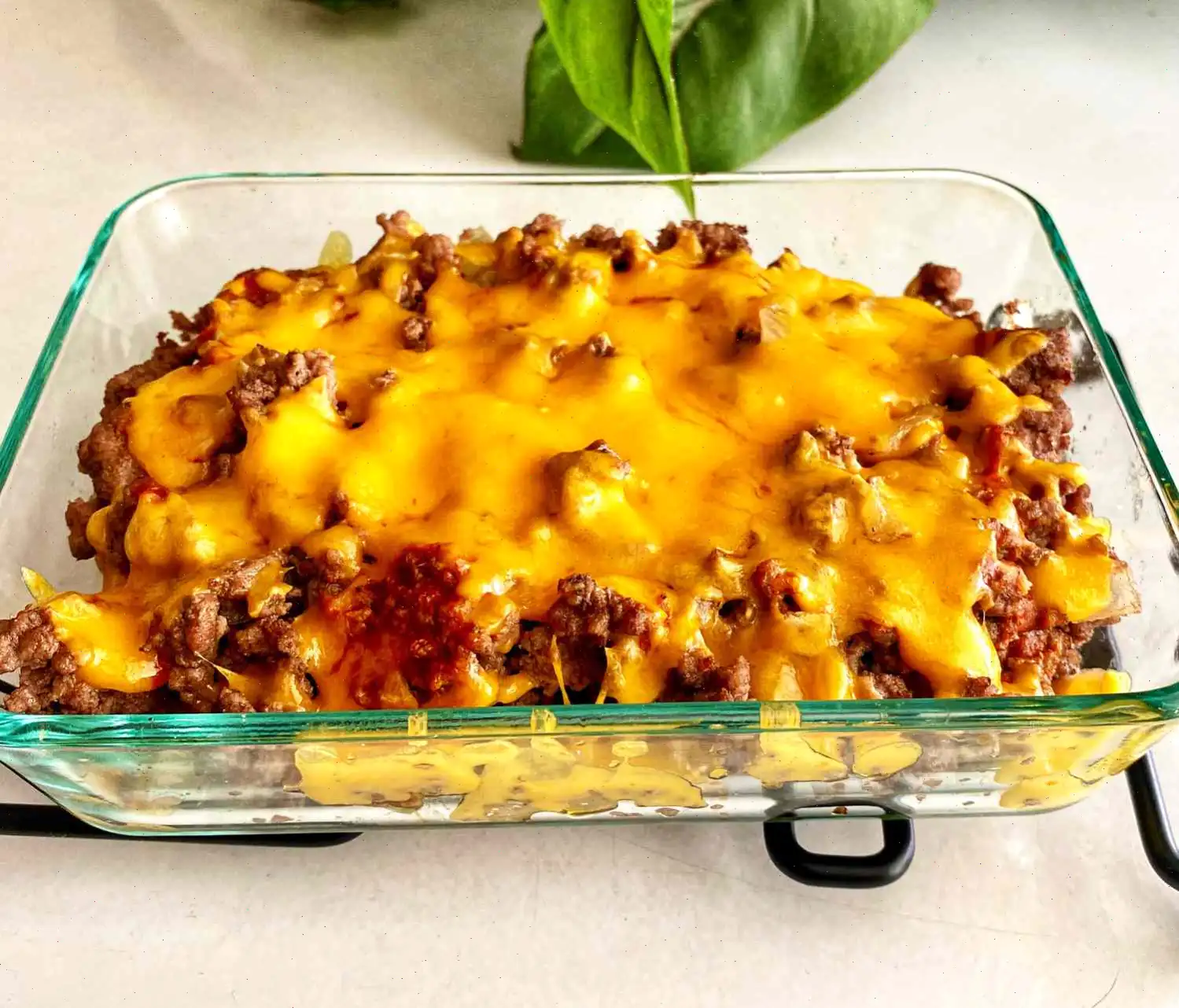
Shrimp and Pepper Stir-Fry Recipe
Ingredients
This recipe was developed at its original yield. Ingredient amounts are automatically adjusted, but cooking times and steps remain unchanged. Note that not all recipes scale perfectly.
Original recipe (1X) yields 4 servings
Sauce:
- 1/2 cup chicken broth
- 1/4 cup low-sodium soy sauce
- 2 tablespoons rice wine vinegar
- 1 tablespoon brown sugar
- 1 tablespoon cornstarch
- 1/2 teaspoon garlic powder
- 1/4 teaspoon crushed red pepper
Stir-Fry:
- 2 tablespoons peanut oil, divided
- 1 red bell pepper, cut into thin strips
- 1 yellow bell pepper, cut into thin strips
- 1 red onion, cut into 1/4-inch wedges
- 8 ounces snow peas, trimmed
- 6 green onions, chopped
- 1 1/2 pounds large shrimp, peeled and deveined
Directions
Step 1: In a small bowl, whisk together chicken broth, soy sauce, rice wine vinegar, brown sugar, cornstarch, garlic powder, and crushed red pepper. Set aside.
Step 2: Heat 1 tablespoon of peanut oil in a large wok or skillet over high heat. Add the red bell pepper, yellow bell pepper, red onion, snow peas, and green onions. Saut the vegetables until they are crisp-tender, about 3 to 4 minutes. Once done, transfer the vegetables to a large bowl.
Step 3: Lower the heat to medium-high and add the remaining 1 tablespoon of peanut oil to the wok. Add the shrimp and cook for 2 minutes, flipping them halfway through.
Step 4: Return the cooked vegetables to the wok with the shrimp. Stir the sauce you prepared earlier and pour it over the shrimp and vegetables. Stir constantly until the sauce comes to a simmer and thickens, about 1 to 2 minutes.
Nutrition Facts (per serving)
| Calories | 353 |
|---|---|
| Total Fat | 10g |
| Saturated Fat | 2g |
| Cholesterol | 360mg |
| Sodium | 2309mg |
| Total Carbohydrate | 21g |
| Dietary Fiber | 3g |
| Total Sugars | 8g |
| Protein | 44g |
| Vitamin C | 136mg |
| Calcium | 218mg |
| Iron | 3mg |
| Potassium | 717mg |
Servings Per Recipe: 4
* Percent Daily Values are based on a 2,000 calorie diet. Your daily values may be higher or lower depending on your calorie needs.

Origin and History
The origins of stir-fry can be traced back to ancient China, where it was traditionally a cooking technique used to quickly prepare vegetables and meats over high heat. This cooking style, known as "chao" in Chinese, has been adapted in various forms across Asia, including in Thailand, Korea, and Japan. The shrimp and pepper stir-fry, in particular, is a modern adaptation of this age-old technique, featuring the bright, crisp textures of bell peppers paired with the sweet flavor of shrimp. Stir-frying became popular worldwide in the 20th century, especially as it aligned with a growing interest in fast, healthy meals that could be prepared quickly with fresh ingredients.
Regional Variations
In different parts of Asia, stir-fry dishes can vary significantly in flavor profiles. In Chinese cuisine, stir-fries often rely on soy sauce, oyster sauce, or hoisin sauce for their umami base, whereas Thai stir-fries may include fish sauce, lime, and chilies to create a balance of sweet, salty, sour, and spicy flavors. In the case of shrimp and pepper stir-fry, the dish can be adapted depending on the region's preferences. In China, it might be cooked with more garlic and ginger, while in Thailand, a dash of fish sauce or Thai basil could be added. The use of rice wine vinegar and a sweet element, such as brown sugar, also reflects a fusion of flavors common in Westernized versions of Asian stir-fries.
Differences from Similar Dishes
While shrimp and pepper stir-fry shares some similarities with other Asian stir-fry recipes, what makes it distinct is its focus on bell peppers and the balance of sweetness from the sugar with the heat of crushed red pepper. This sets it apart from other seafood stir-fries that might emphasize stronger umami flavors like those in a classic shrimp with garlic or shrimp with black bean sauce stir-fry. Additionally, the inclusion of snow peas and green onions provides a light and fresh contrast to the richness of the shrimp and sauce, giving it a refreshing, colorful appeal.
Where It's Typically Served
Shrimp and pepper stir-fry is commonly served as a main dish in many Asian restaurants, particularly those that focus on quick-cooking dishes or those offering a mix of Asian cuisines. It is typically paired with steamed rice or rice noodles to absorb the flavorful sauce. In home cooking, its a popular weeknight meal due to its speed and simplicity. The dish is often seen in Chinese, Thai, and other Asian fusion eateries, and is perfect for those looking for a healthy yet satisfying option that can be prepared in under 30 minutes.
Fun Facts
- The stir-fry technique was developed during the Han Dynasty in China (206 BC220 AD), but it gained global popularity during the 20th century, especially as the wok became a staple in Western kitchens.
- Bell peppers, a key ingredient in this stir-fry, are native to the Americas and were introduced to Asia by European traders in the 16th century.
- Shrimp, known for being low in fat and high in protein, is a popular seafood choice in many stir-fry dishes due to its quick cooking time and ability to absorb flavors from the sauce.
- While stir-frying is often associated with Chinese cuisine, similar techniques are found throughout Asia under various names, such as "tempura" in Japan and "khmer" in Cambodia.
FAQ about Shrimp and Pepper Stir-Fry Recipe
Comments
Ashley Brown
01/29/2024 06:49:50 PM
I omitted the snow peas and green onions (forgot to pick them up) and instead added an extra red bell pepper. This dish is so simple and delicious to make! For those craving more heat, adding extra red pepper flakes is a good option, but we found it to be perfect as is. Served with Knorr Teriyaki Noodles, it was a fantastic combination!
Scott Phillips
09/05/2024 01:14:25 PM
This dish was nutritious and tasty, although it leaned towards being bland for our taste. We spruced it up by incorporating ginger, broccoli, and mushrooms. Of course, feel free to adjust the spiciness to your preference. I would personally add a bit more next time. Overall, it was simple to make with readily available ingredients. The sauce had a great consistency. A great option for a quick weeknight dinner.


